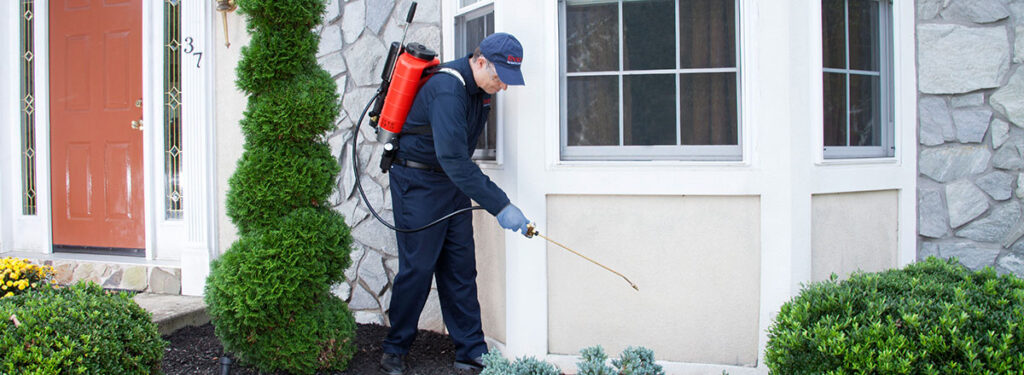Innovative pest control strategies have evolved significantly over the years, driven by advancements in technology, environmental concerns, and the need for more effective solutions. Today, keeping properties free from pests involves a combination of proactive measures, eco-friendly treatments, and cutting-edge techniques tailored to specific pest challenges. One of the most promising developments in pest control is the use of integrated pest management IPM strategies. IPM emphasizes the prevention of pest problems through a holistic approach that combines biological, cultural, physical, and chemical control methods. Unlike traditional pest control methods that rely heavily on pesticides, IPM aims to minimize pesticide use by focusing on long-term prevention and monitoring of pest activity. This approach not only reduces environmental impact but also promotes sustainable pest management practices.

Technological innovations have also revolutionized pest control practices. Remote sensing technologies, such as infrared cameras and drones, are now used to detect pest infestations and assess the extent of damage in hard-to-reach areas. This allows pest control professionals to accurately target treatment efforts and minimize disruptions to property owners. Furthermore, the development of smart traps and monitoring devices has enabled real-time tracking of pest activity. These devices use sensors and data analytics to provide early detection of pests, allowing for timely intervention before infestations become severe. Smart traps can also be programmed to alert hornet pest control operators when thresholds are exceeded, optimizing response times and reducing the need for routine inspections. Biological control methods have gained popularity as sustainable alternatives to chemical pesticides. Beneficial insects, such as parasitic wasps and predatory mites, are introduced into the environment to naturally regulate pest populations. This biological approach not only reduces reliance on synthetic chemicals but also helps maintain ecological balance by targeting pests while preserving beneficial organisms.
In urban environments, where pest control is a constant challenge, innovative solutions like heat treatments and structural modifications have proven effective. Heat treatments involve raising the temperature of infested areas to lethal levels for pests, eliminating them without the use of chemicals. Meanwhile, structural modifications, such as sealing cracks and installing pest-proof barriers, prevent pests from entering buildings in the first place. Advancements in formulation technology have also improved the safety and efficacy of pest control products. Microencapsulation and slow-release formulations allow pesticides to be applied more selectively and persistently, minimizing exposure to non-target organisms and reducing environmental contamination. Integrated with other IPM strategies, these formulations enhance the overall effectiveness of pest control programs. Education and awareness play a crucial role in modern pest management. Property owners are encouraged to adopt preventive practices, such as proper waste management and regular maintenance of landscaping, to reduce conditions that attract pests. By promoting a culture of proactive pest control, communities can collectively contribute to creating pest-free environments.


